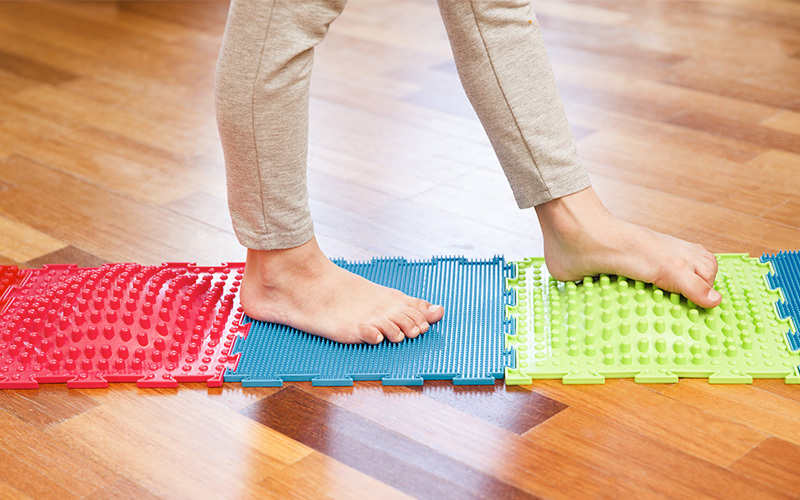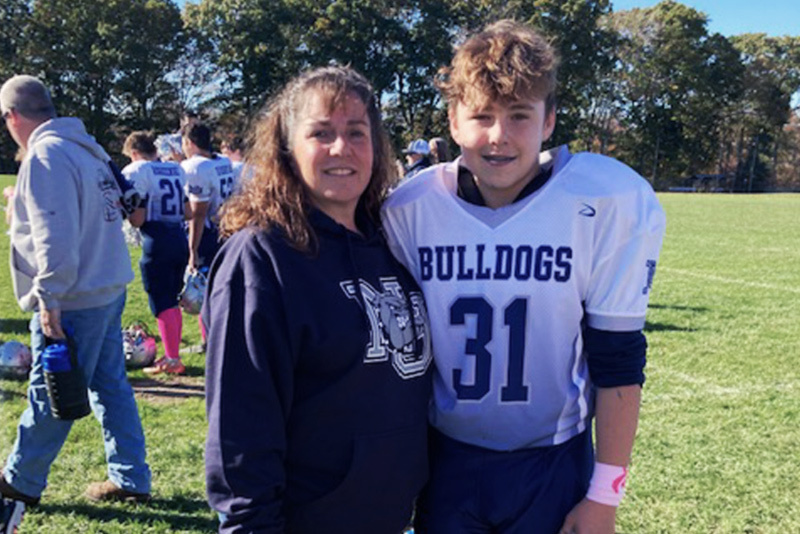Flexible Flatfoot | Symptoms & Causes
What are the symptoms of flexible flatfoot?
Many children with flexible flatfoot have no symptoms other than the lack of an arch in their feet. Your child’s symptoms may include:
- abnormally small arches or no arches in the feet
- arches that appear when your child stands on their toes and disappear when their feet are flat on the ground
- tight Achilles tendons
- outward-pointing toes and feet
- inward-rolling ankle (pronation)
- pain in the arches of the feet
- pain along the shin bones
What causes flexible flatfoot?
Flexible flatfoot often has no known cause, though sometimes it runs in families. Obesity can also increase a child’s risk of flatfoot.
Flexible Flatfoot | Diagnosis & Treatments
How is flexible flatfoot diagnosed?
To diagnose flexible flatfoot, your child’s doctor will examine your child’s feet. This may include watching your child standing on their toes, then lowering their heels down to the floor. Diagnosis also includes a medical history in which the doctor will ask if your child has any other disorders. They will want to know if anyone else in your family has flatfoot.
How is flexible flatfoot treated?
Flexible flatfoot only requires treatment if your child has ongoing pain from the condition. A large majority of children with painful flexible flatfoot can be treated without surgery.
Non-surgical treatments may include:
- physical therapy
- stretching
- shoe inserts to support the arches of your child’s foot

A minimally invasive surgical option for flexible flatfoot
In the rare cases that flexible flatfoot requires surgery, many children can be treated with a simple procedure instead of foot reconstruction. Orthopedic surgeon, Dr. Susan Mahan explains.
Surgical treatment for flexible flatfoot
If your child reaches adolescence and their flexible flatfoot is painful despite conservative treatment, their orthopedist may recommend surgery. Surgery is only an option after a child’s feet are fully developed, around age 8 or 10.
The traditional surgery for flexible flatfoot is foot reconstruction, which involves cutting bones in the foot and reorienting them.
However, a minimally invasive procedure, subtalar extra-articular screw arthroereisis (SESA), has shown promising results for correction of flexible flatfoot. Developed in Italy and practiced there for several decades, SESA surgery involves inserting a screw through a small incision near the ankle into the joint. The screw stabilizes the foot and prevents the bones from returning to a flat position. Within three years, the screw can typically be removed. Boston Children’s is one of the only orthopedic centers in the U.S. where this procedure is offered.
Compared to traditional foot reconstruction, SESA surgery takes a fraction of the time to perform. Patients can typically start putting weight on their foot within a week of surgery. If your child’s Achilles tendon is lengthened during the procedure, they may need to wear a walking cast for a month before transitioning to a boot and starting physical therapy.
How we care for flexible flatfoot at Boston Children’s Hospital
The Lower Extremity Program at Boston Children's Hospital offers comprehensive assessment, diagnosis, and treatment for children of all ages with flexible flatfoot and other conditions affecting their lower limbs. We have extensive experience treating disorders of the feet, ankles, knees, legs, and hips, and are at the forefront of advancing innovative treatments such as SESA surgery. Our goal is to help our patients of all ages live full, independent lives.


